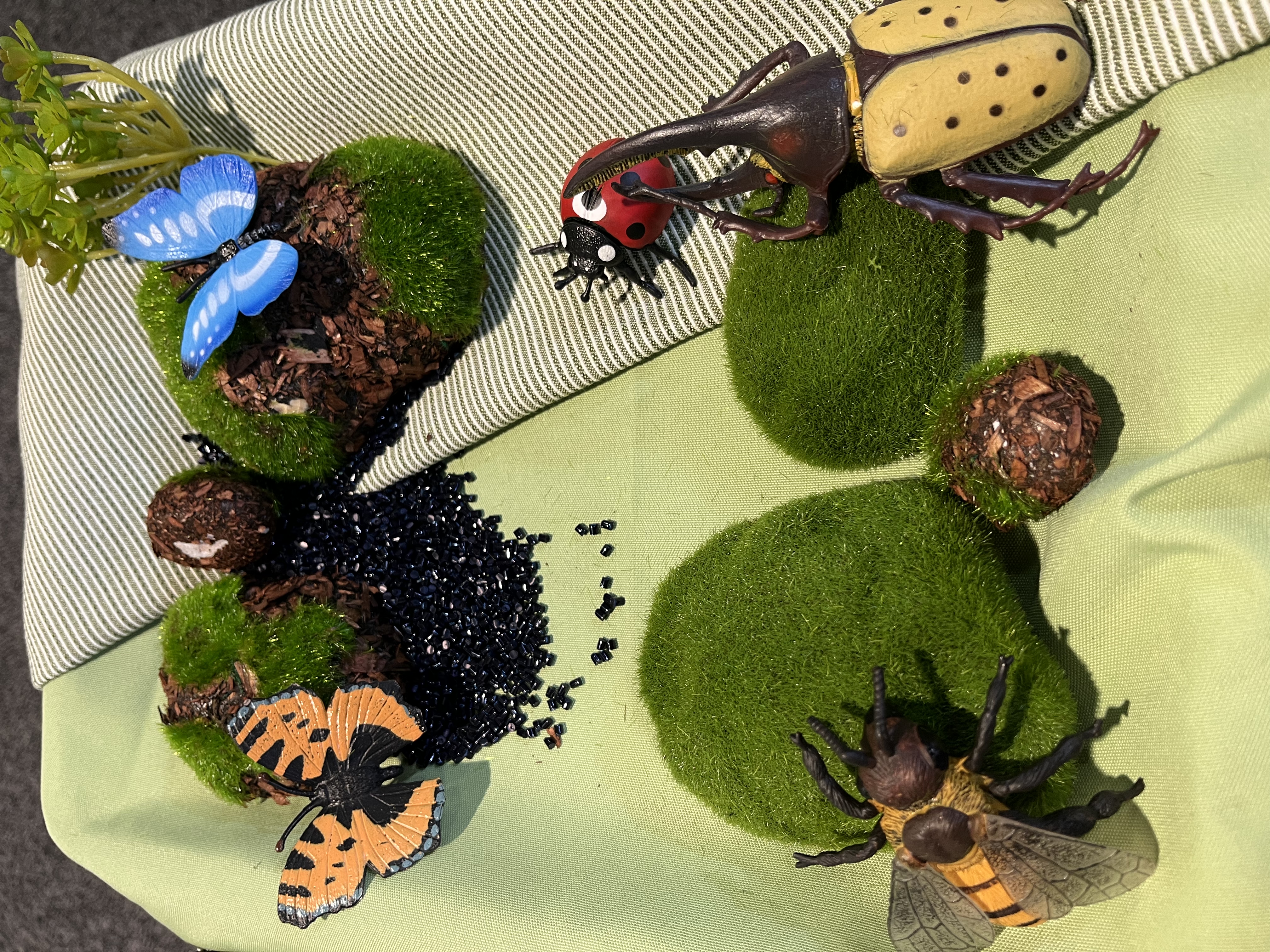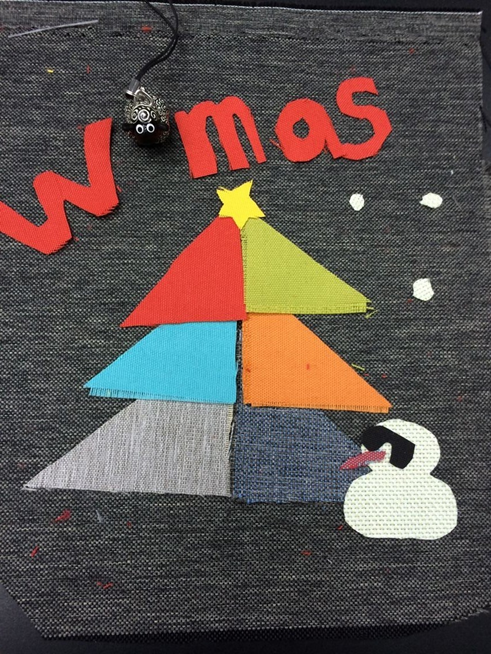
Montessori education emphasizes hands-on learning experiences, and the use of carefully designed materials and environments to support children's natural development. Fabric can be a valuable tool in Montessori classrooms because it can be used in a variety of ways to support this approach to learning.
Here are some ways in which fabric can help Montessori education:
Sensory exploration: Montessori classrooms emphasize sensory exploration as a means of learning. Fabric can be used in a variety of textures, colors, and patterns to engage children's senses and encourage them to explore and experiment with different materials.
Practical life skills: Montessori education places a strong emphasis on developing practical life skills, such as folding, buttoning, and tying. Fabric can be used to create activities that help children develop these skills, such as sewing, weaving, and knot-tying exercises.

Math and geometry: Fabric can also be used to teach math and geometry concepts in a concrete, hands-on way. For example, children can use fabric squares to explore concepts such as symmetry, patterns, and measurement.
Language and literacy: Fabric can also be used to support language and literacy development. For example, teachers can create story sacks or puppets made from fabric to help children retell stories and practice language skills.

Overall, fabric is a versatile and valuable tool in Montessori education, helping to support hands-on learning experiences and the development of practical skills, math and geometry concepts, and language and literacy skills.



